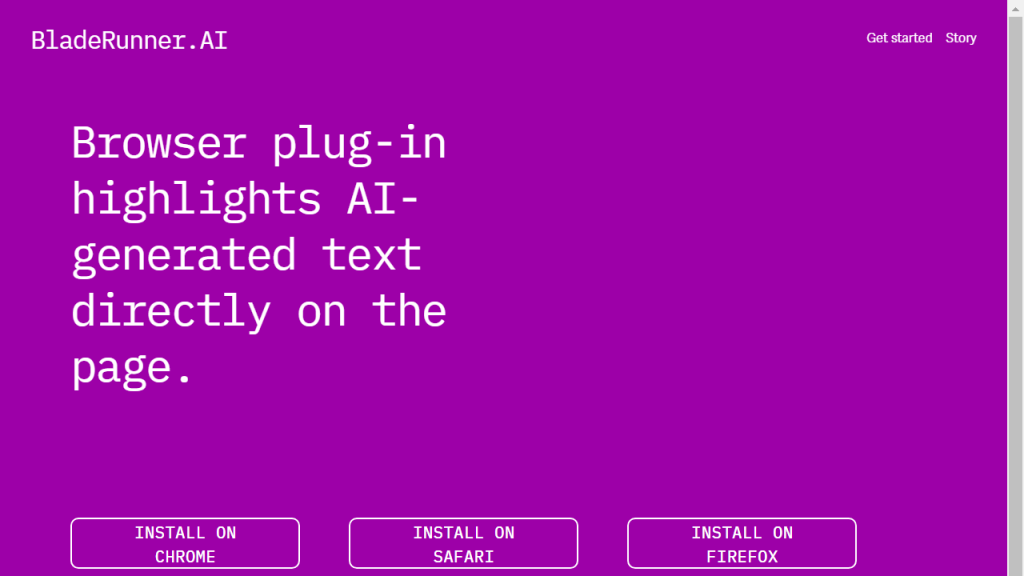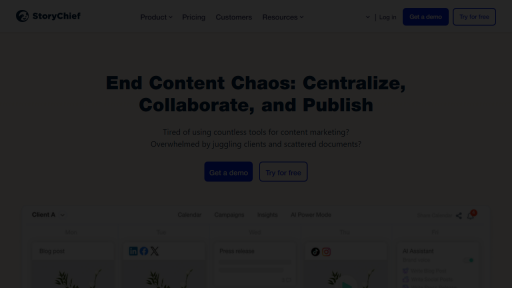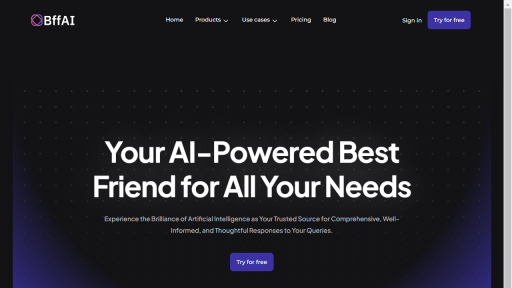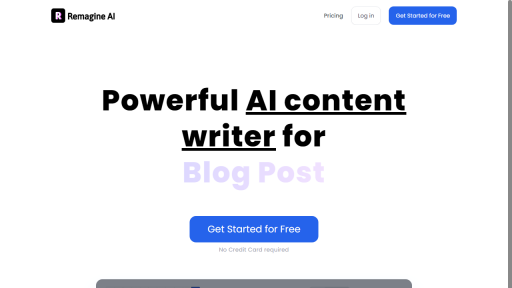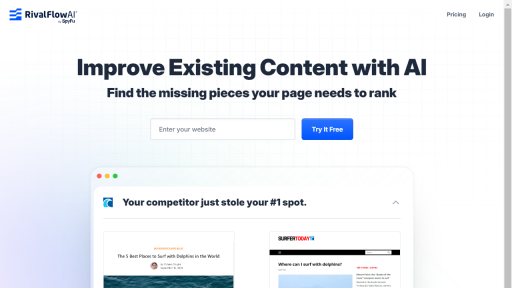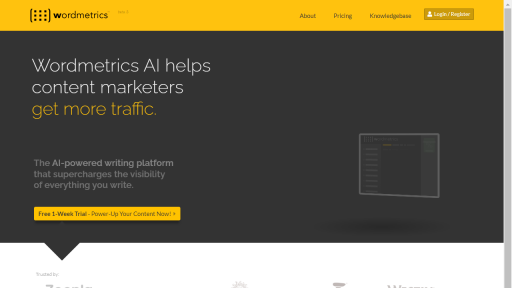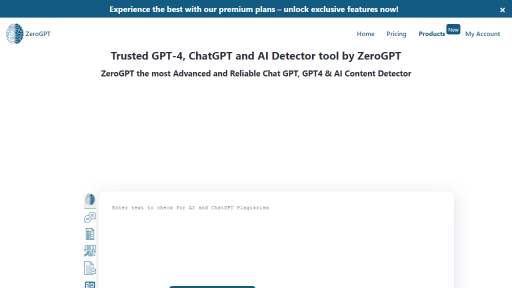What is Bladerunner?
Bladerunner is an innovative software tool designed for data processing and transformation, specifically tailored for developers and analysts who need to manage large sets of data efficiently. This tool excels in automating complex data workflows, enabling users to streamline their data handling processes. With its intuitive user interface and robust functionality, Bladerunner allows users to perform data extraction, transformation, and loading (ETL) tasks seamlessly. It supports a variety of data sources, including databases, APIs, and flat files, making it a versatile choice for businesses looking to enhance their data management capabilities. By providing comprehensive data integration solutions, Bladerunner enables users to build pipelines that automatically ingest, process, and deliver data to the desired destination, whether that be for reporting, analysis, or machine learning applications. Additionally, it includes features for data quality checks, validation, and error handling, ensuring that users can trust the integrity of their data throughout the transformation process. Overall, Bladerunner is a powerful tool for anyone looking to optimize their data workflows and improve productivity.
Features
- Intuitive User Interface: Designed for ease of use, allowing users to create data flows with minimal technical expertise.
- Multi-Source Integration: Supports a wide range of data sources, including SQL databases, NoSQL databases, flat files, and web APIs.
- Automated ETL Processes: Enables users to set up automated pipelines for extracting, transforming, and loading data without manual intervention.
- Data Quality Assurance: Includes built-in features for data validation, cleansing, and quality checks to ensure reliable data outputs.
- Real-Time Data Processing: Capable of processing data in real-time, making it suitable for applications that require immediate data availability.
- Extensible Architecture: Offers plugins and extensions for additional functionality, allowing users to customize their data workflows as needed.
Advantages
- Enhanced Productivity: Automating data workflows allows teams to focus on analysis and decision-making rather than manual data handling.
- Cost-Effective: Reduces the need for extensive data engineering resources, allowing businesses to optimize their budget allocation.
- Improved Data Accuracy: Built-in data quality features help minimize errors, ensuring that decisions are based on accurate and reliable data.
- Scalability: Capable of handling large volumes of data, making it suitable for businesses of all sizes, from startups to enterprises.
- Quick Setup: The user-friendly interface allows for rapid deployment and configuration, minimizing the time to value.
- Collaboration-Friendly: Supports team-based workflows, enabling multiple users to collaborate on data projects efficiently.
TL;DR
Bladerunner is a powerful data processing tool that automates ETL workflows, integrates multiple data sources, and ensures data quality for enhanced productivity and accuracy.
FAQs
What types of data sources can Bladerunner integrate with?
Bladerunner can integrate with various data sources including SQL and NoSQL databases, flat files, and RESTful web APIs.
Is Bladerunner suitable for real-time data processing?
Yes, Bladerunner is capable of processing data in real-time, making it ideal for applications that require immediate data access.
Can I customize Bladerunner to fit my specific data needs?
Absolutely! Bladerunner features an extensible architecture that allows for plugins and extensions to be added for customized functionality.
How does Bladerunner ensure data quality?
Bladerunner includes built-in data validation and cleansing features that help ensure the accuracy and reliability of the data throughout the workflow.
Is Bladerunner user-friendly for non-technical users?
Yes, Bladerunner’s intuitive user interface is designed to be accessible for users with varying levels of technical expertise, making it user-friendly for non-technical users.
